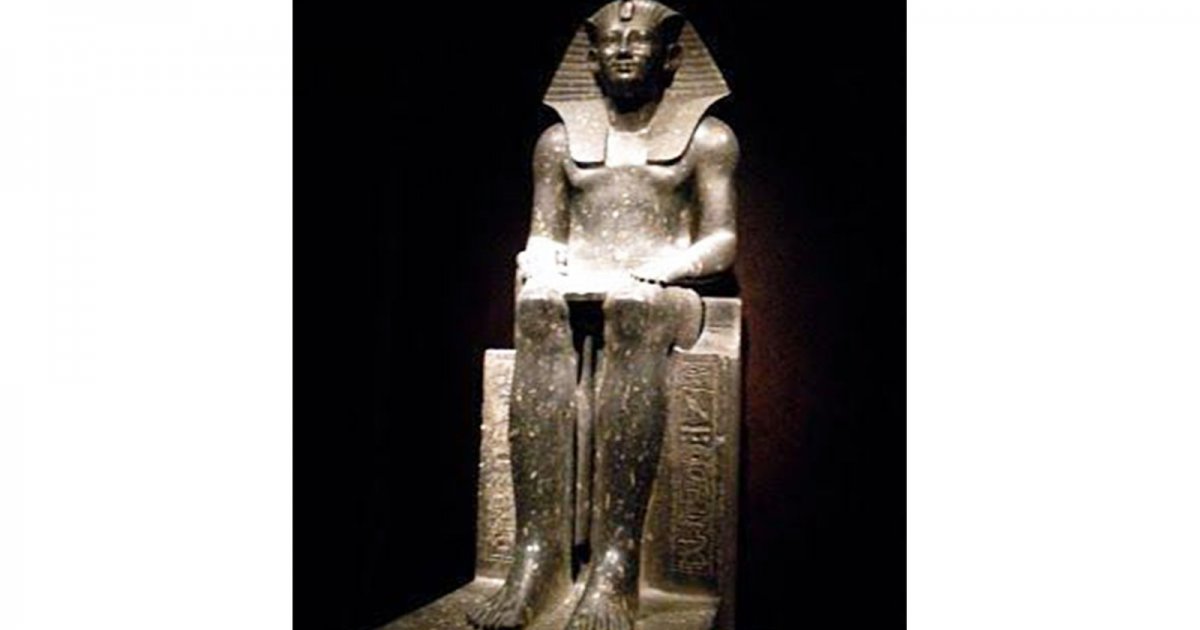EGYPTIAN MUSEUM, Statuary
 Language: English / USA
Language: English / USA
You are now in the Statuary, where you can admire the most important larger sculptures of the museum's collection. The layout was designed by the renowned set designer Dante Ferretti, and almost seems like the scene of a movie, and was even given a name that sounds like a movie: Riflessi di Pietra, or Reflections in Stone.
In addition to sphinxes, sarcophagi, inscriptions, and architectural elements, here you can see the noble monumental statues of the major Pharaohs and Egyptian deities in all their glory, as well as sculptures of princes and the King's officials, who seem to come out at you from every side of the hall.
The four most important statues depict four Pharaohs that I'd like to tell you a little bit about. The first is Thutmose II, who belonged to the Eighteenth Dynasty that flourished between 1500 and 1300 BC. The Pharaoh married his very young half-sister to strengthen his right to the throne. The fact that his wife was the daughter of the Pharaoh and Queen of Egypt made him even more authoritative in the eyes of his subjects, and strengthened his regal prestige. After her husband's death, his wife took on the role of Pharaoh and became the second woman in history to hold that title.
Amenhotep II also belonged to the Eighteenth Dynasty. He probably reigned alongside his father, Thutmose III. He was a great conqueror, as one of his royal names that means "one who submits all countries by force" reveals.
Tutankhamun is instead probably the most famous Egyptian ruler of the Eighteenth Dynasty, and is also known as the "boy Pharaoh" because he took the throne at the age of nine. His fame is connected to his ultra-rich burial objects which you can still admire today, completely preserved in the Cairo Museum.
Ramses II belonged to the Nineteenth Dynasty: he built numerous monuments and is often depicted as a victorious Commander, although here you see him with a peaceful, smiling air. This statue is an absolute masterpiece of the New Kingdom and is in perfect condition: it is one of the most valuable pieces in the Museum.
FUN FACT: sphinxes were figures of Egyptian mythology that had a dog's or lion's body and a human head. The statues of sphinxes were always built near the pyramids as a protective symbol, blessing the Pharaoh a happy afterlife.
And with this we have finished our tour of the Egyptian Museum in Turin. MyWoWo thanks you for staying with us, and will see you at the next Wonder of the World!



